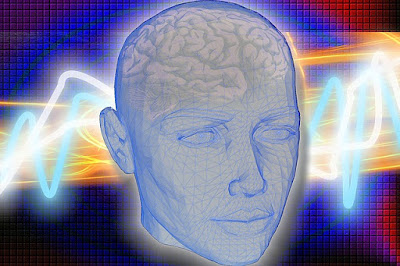Glasgow Coma Scale (GCS)
Glasgow Coma Scale: Explanation with a case study
The Glasgow Coma Scale Is Based On a 15 Point Scale Used For Estimating And Categorising The Severity Of Brain Injury.

Following A Traumatic Brain Injury (TBI). The Test Measures The Motor Response, Verbal Response, And Eye-Opening Response With The Following Scoring Scheme:
| Eye Response | Spontaneous Eye Opening | 4 Points |
| Opens To Verbal Command, Speech, Or Shout | 3 Points | |
| Opens To Pain, Not Applied To Face | 2 Points | |
| No Eye Opening | 1 Point | |
| Verbal Response | Alert And Oriented | 5 Points |
| Confused Conversation, But Able To Answer Questions | 4 Points | |
| Inappropriate Responses, Jumbled Phrases, But Discernible Words | 3 Points | |
| Incomprehensible Speech | 2 Points | |
| No Sounds | 1 Points | |
| Motor Response | Obeys Commands For Movement Fully | 6 Points |
| Localises To Noxious Stimuli | 5 Points | |
| Withdraws From Noxious Stimuli | 4 Points | |
| Abnormal Flexion, Decorticate (Towards The Core Of The Body ) Posturing | 3 Points | |
| Extensor Response, Decerebrate (Celebrate Away From Body) Posturing | 2 Points | |
| No Response | 1 Point |
Let’s take the example of starting an iv on a confused patient:
If your patient simply pulls the hand that you are starting the i.v. in away from you, they have withdrawn from pain (4). If they use the opposite hand to cross the midline and try to push the stimulus away, they have localised the pain (5). The Levels Of Brain Injury Severity Are Classified As:
| Severity | GCS Score |
| Severe | 3 – 8 |
| Moderate | 9 – 12 |
| Mild | 13 – 15 |
| Copyright © 2017 by edumedweb.com |
| All rights reserved. No part of this post/article may be reproduced, distributed, or transmitted in any form or by any means, including copying, photography, Screenshot or other electronic or mechanical methods, without the prior written permission of the Admin. Otherwise strict legal action taken against that person. For permission requests, write to the Admin |
